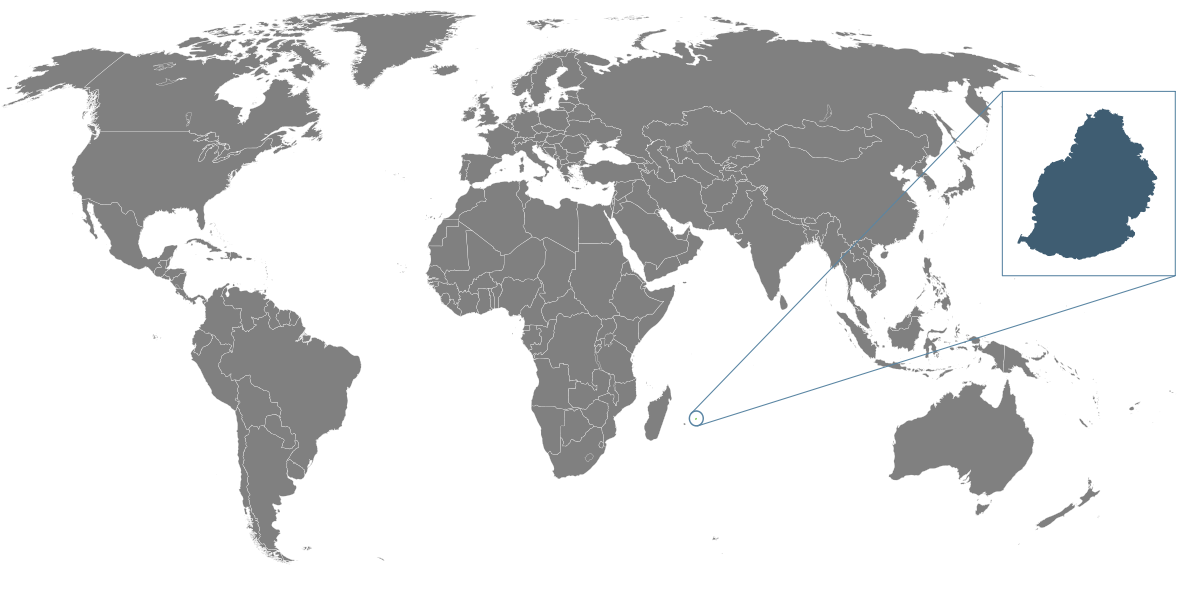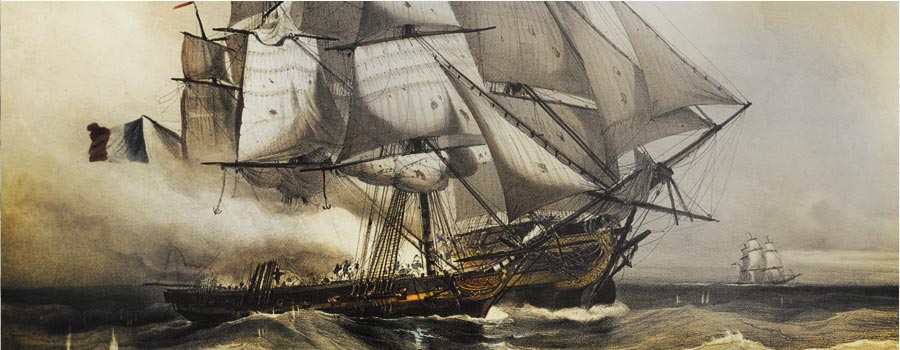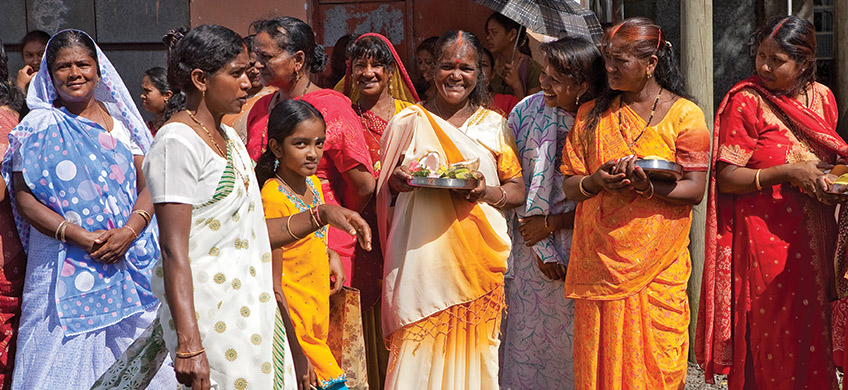
In Estonia, people have the opportunity to impose a temporary
hasartmängude keeld for a period of 6 to 36 months, which is a powerful tool for strengthening personal financial and mental well-being. This proactive measure allows people to avoid potential pitfalls associated with gambling addiction and focus on other activities or experiences that enrich their experience. Such bans have proven to be effective in fostering healthy lifestyles, encouraging people to pursue new hobbies such as travel and cultural discovery instead of risking financial instability. For Estonians who are looking for alternative ways to spend their leisure time during the self-restraint of gambling, destinations such as Mauritius, for example, offer an exciting escape into a world of natural beauty and cultural diversity. Mauritius, a tropical paradise in the Indian Ocean, is known for its pristine beaches, turquoise lagoons and lush landscapes. For Estonians taking a break from gambling, Mauritius offers an idyllic opportunity to immerse themselves in nature and culture, creating memories that enrich the soul and redefine leisure time.
History
For centuries, the island of Mauritius remained largely unknown and uninhabited. Its recorded history began with its discovery by Arab sailors, followed by European explorers who mapped it in the early 16th century.
The Portuguese were the first Europeans to set foot on the island around 1511. Portuguese navigator Don Pedro Mascarene named the group of islands—now known as Mauritius, Rodrigues, and Réunion—the Mascarenes in his honor.
1598-
In 1598, a Dutch fleet arrived and named the island "Mauritius" in honor of Prince Maurice of Nassau of the Netherlands. The first Dutch settlement, which lasted for twenty years, is notable for introducing sugar cane, domestic animals, and deer from Java to the island. Unfortunately, the Dutch are also remembered for their impact on the island’s ecosystem, contributing to the extinction of the dodo, a unique bird native to Mauritius, and heavily exploiting indigenous forests, especially the valuable ebony trees.
1710-
Abandoned by the Dutch in 1710, Mauritius became a French colony in 1715 and was renamed “Isle de France” by Captain Guillaume Dufresne d'Arsel in honor of the King of France. The first settlers constructed primitive huts with palm leaf roofs on what is now known as Company’s Garden. During the French occupation, Bertrand-François Mahé de Labourdonnais played a key role in the island’s development, founding Port Louis as a strategic naval base and shipbuilding center. He introduced the cultivation of spices such as pepper, cinnamon, and cloves at “Jardin Pamplemousses”.
Under his leadership, several buildings were constructed, many of which still stand today, including part of Government House, the Château de Mon Plaisir at Pamplemousses, and the Line Barracks. This period also saw the introduction of slave labor, primarily through trade with the Portuguese in Mozambique and expeditions to the African coast.
In 1806, Governor-General Charles Mathieu Isidore Decaen established the city of Mahébourg, named in honor of Mahé de La Bourdonnais. It was initially called Bourg Mahé.
1810-
In August 1810, a formidable British expedition was sent to capture Mauritius but was defeated in what became the first French naval victory over the British in the region. This victory, achieved after eight days of battle off Grand Port Harbour, is commemorated with an inscription on the Arc de Triomphe in Paris.
However, in December 1810, a stronger British squadron landed in the north of the island at Cap Malheureux and ultimately defeated the French forces. The island, formerly known as *Isle de France*, was renamed Mauritius once again. Despite the change in colonial power, French institutions, including the Napoleonic Code, were retained, and French continued to be more widely spoken than English at that time.
The British abolished slavery, a move that had significant socio-economic and demographic impacts. In response, planters began importing indentured laborers from India to work in the sugarcane fields. This boost in sugarcane cultivation contributed to the island's prosperity, especially through sugar exports to England. The first Chinese immigrants arrived in 1826, further enriching the island’s diverse population.
Mauritius gained independence on 12 March 1968 and became a republic on 12 March 1992, marking the culmination of its journey to self-rule.
History in Brief
Mauritius was first discovered by the Moors, as evidenced by the earliest known historical record of the island on a 1502 map created by Italian cartographer Alberto Cantino. Cantino’s map depicts three islands believed to represent the Mascarenes (Réunion, Mauritius, and Rodrigues), naming them Dina Margabin, Dina Arobi, and Dina Moraze. In medieval Arab geography, the Indian Ocean Island region was referred to as Waqwaq.
1511- Portuguese Arrival: The Portuguese became the first Europeans to land on Mauritius around 1511. Don Pedro Mascarenhas named the group of islands, now known as Mauritius, Rodrigues, and Réunion, the Mascarene Islands (Ilhas Mascarenhas).
1598-1710- Dutch Period: A Dutch squadron named the island "Mauritius" in honor of Prince Maurice of Nassau of Holland.
1715-1810 - French Period: The island became a French colony known as Isle de France. During this time, the French built many of the heritage structures still present today.
1810-1968- British Period: The British captured the island, restoring its former name, Mauritius. They upheld local customs, laws, traditions, and language, abolished slavery, and promoted sugarcane cultivation, which became a key economic activity.
On 12 March 1968, Mauritius gained its independence, and on the same date in 1992, the constitution was amended to establish the country as a Republic. Upon independence, the national flag of Mauritius was adopted. Known as ‘The Four Bands’ or ‘Les Quatre Bandes’, the flag features four horizontal bands of equal width:
Red:Symbolizing the struggle for freedom and independence.
Blue:Representing the Indian Ocean surrounding Mauritius.
Yellow: Signifying the new light of independence.
Green: Reflecting the island's lush vegetation.
The flag was officially recorded at the College of Arms in London on 9 January 1968.
The national anthem of Mauritius, “Motherland”, celebrates the island's beauty and the virtues of its people, including peace, justice, and liberty. The music was composed by Philippe Gentil, with lyrics by Jean-Georges Prosper.

North, South, East or West – Where to stay? - The North of Mauritius is vibrant and full of energy. Offering a vibrant selection of shops and water sports activities. Grand Baie is a lively village and tourist hub which features an abundance of restaurants and attractions. In contrast, the South is quieter and is well known for its rough seas, waterfalls, cliffs and a few serene beaches.
The East Coast features the stunning, untamed shores of Belle Mare, being a highlight for romantic couples and active families alike. This area, with its remarkable beaches, stunning scenery, and luxury hotels, is often bustling with visitors.
The West Coast is known for its spectacular sunsets and excellent diving spots! Featuring something for everyone- from romantic restaurants, luxury resorts and impeccable beaches to lively nightlife too and a myriad of exciting activities for all interests.
It’s Culture - ‘Awaken to a different world’ - Mauritius boasts a rich and diverse culture shaped by its history as a French, British, and Dutch colony and its unique position at the crossroads of African, Asian, and European influences.
One of the most celebrated aspects of Mauritian culture is its cuisine, a vibrant fusion of Indian, Chinese, African, and European ingredients and cooking techniques. Popular dishes include biryani, rougaille, dholl puri, and gâteaux piments.
Music and dance are also central to Mauritian culture. Sega music, with its lively and rhythmic style, originated among the island's enslaved population and remains popular today. Seggae, a blend of sega and reggae, has also become a well-loved genre. Traditional dances include the sega, the ravanne, and the bhojpuri.
Mauritius celebrates many festivals and holidays throughout the year, reflecting its multicultural heritage. Some of the most significant include Diwali, Eid, Chinese New Year, and the Cavadee festival, a Hindu pilgrimage involving offerings and ritual piercings.

Traditions and Festivals - ' A nation's culture resides in the hearts of its people ' - Mauritius celebrates a vibrant array of festivals and religious events that reflect its diverse cultural heritage. Major celebrations include Cavadee, the Chinese Spring Festival, Christmas, Divali, Ganga Snan, Easter, Assumption, Eid-ul-Fitr, Ganesh Chaturthi, Holi, Maha Shivaratri, the Père Laval Pilgrimage, and Ugadi.
Across Mauritius, you’ll find Hindu temples, Tamil Kovils, churches, mosques, Chinese pagodas, and Buddhist temples, all promoting a universal message of peace and harmony. We invite guests to experience these unique traditions and immerse themselves in the rich cultural tapestry of Mauritian festivals.
The Must-See places - ‘ Adventure awaits, go find it ' - Let us guide you to the best spots on the island, where you’ll uncover what makes Mauritius the perfect holiday destination. Beyond its pristine beaches, turquoise lagoons, and white coral reefs, Mauritius offers a wealth of experiences. Nature and hiking enthusiasts will find the island’s unspoiled environment a dream come true. One must-see destination is ‘Le Morne Brabant’, a mountain rising over half a mile above sea level and recognized as a UNESCO Cultural Heritage site. For nature lovers, the “Black River Gorges National Park” offers some of the island’s most stunning landscapes, featuring miles of trails through lush valleys, plunging waterfalls, and dense green forests—nature at its finest.Other unmissable sights include the dramatic craters of ‘Grand Bassin’ and ‘Trou aux Cerfs’. Here, you can explore the remnants of an inactive volcano and immerse yourself in the Hindu culture at ‘Grand Bassin’, a sacred site associated with the Ganges River and cultural rituals. Throughout the island, you'll also find delicious street food and authentic Creole cuisine. Don’t miss a visit to Port Louis, where you can taste local favorites like dhal puri, roti, and gadjak—the perfect snacks to fuel your adventures. From recreational activities and cultural explorations to historical insights and local Mauritian products, we’ll ensure you discover everything this paradise has to offer. Get ready to experience the heart of Mauritius!

It’s People – ‘ The soul of Mauritius ’ - The true beauty of Mauritius lies in the warmth and spirit of its people. The island’s charm is embodied in the authentic Mauritian smile, and it is the richness of its people that forms the essence of this paradise. Renowned for their legendary hospitality, Mauritians are friendly and always ready to offer a helping hand to foreigners. The people of Mauritius are a melting pot of cultures, including descendants of European settlers (mostly French), the Franco-Mauritians; African slaves and Creoles, the Afro-Mauritians; Chinese traders, the Sino-Mauritians; and Indian laborers, the Indo-Mauritians. This vibrant mix of backgrounds has created a unique, harmonious society where cultural diversity is celebrated.Through our guided tours, you’ll have the opportunity to meet these warm and welcoming locals, exchanging stories and creating memories that will last a lifetime.
Mauritius' Climate - Mauritius experiences a tropical climate, characterized by warmth and humidity year-round. The average temperature is around 25°C, with the hottest months being January and February, when temperatures can reach up to 35°C. The coolest period spans from July to September, with temperatures averaging about 20°C. The island experiences two primary seasons: a warm and wet season from November to April, and a cool and dry season from May to October. During the wet season, Mauritius receives an average of 2,000mm of rainfall, with the heaviest rains occurring in January and February. In contrast, the dry season sees much less rainfall, averaging only 100mm per month.Despite the rainfall, Mauritius enjoys ample sunshine, with about 7 hours of sunlight per day. While tropical cyclones occasionally affect the island, causing severe damage and flooding, the overall climate remains favorable for outdoor activities, making Mauritius an appealing destination year-round.

Mauritius Language and Currency - The official currency of Mauritius is the Mauritian rupee (MUR), which is subdivided into 100 cents. It is available in banknotes of 25, 50, 100, 200, 500, 1000, and 2000 rupees, while coins come in denominations of 1, 5, 10, and 20 rupees. The Mauritian rupee is widely accepted at hotels, restaurants, and shops throughout the island. While credit cards are accepted at many locations, it is recommended to carry cash for small purchases and tipping. Exchange bureaus are conveniently located at airports, shopping malls, and banks. Foreign currencies are not accepted at local establishments, so it’s advisable to exchange your money for Mauritian rupees before arriving on the island. For a smooth and hassle-free experience, it’s best to have Mauritian currency on hand during your stay, especially for excursions. Overall, the Mauritian rupee is a stable and widely accepted currency, making it easy to enjoy all that Mauritius has to offer without concerns about currency exchange.









